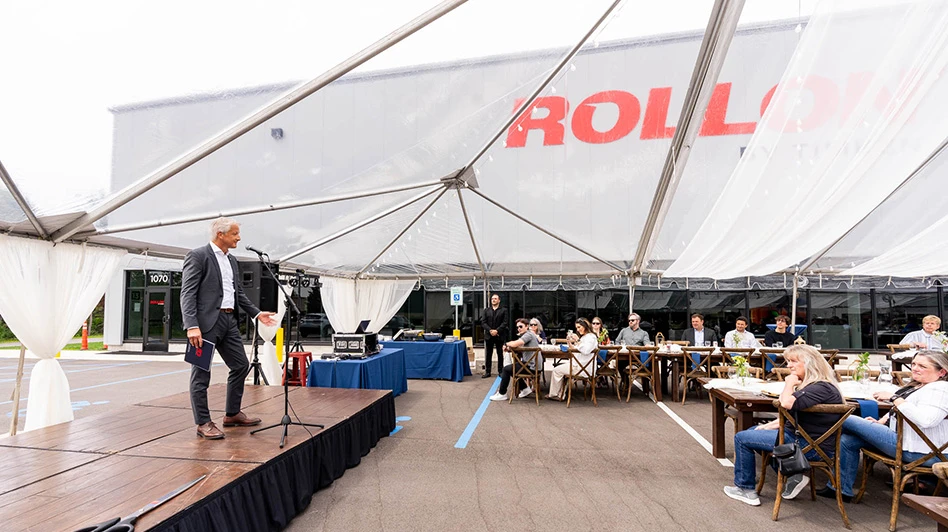| Connected Drug Delivery | $0.2 | $2.5 | 43.4% |
|---|---|---|---|
| Wearables | $16.7 | $93.2 | 27.8% |
| Electronic skin | $5.3 | $19.6 | 20.5% |
| ECG* patch/Holter monitor | $0.9 | $2.8 | 17.6% |
| 3D bioprinting | $1.4 | $4.2 | 17.0% |
| Wearable artificial organs | $6.2 | $17.7 | 16.2% |
| Implantable neurostimulators | $5.1 | $11.0 | 11.6% |
| Subcutaneous drug delivery | $23.3 | $46.6 | 10.4% |
| Artificial organ/bionics | $28.5 | $53.9 | 9.5% |
| Wireless brain sensors | $0.4 | $0.7 | 9.5% |
| Cochlear implant | $1.8 | $3.4 | 9.1% |
| Electronic drug delivery systems | $8.5 | $15.4 | 8.9% |
| Small bone/joint devices | $5.5 | $9.6 | 8.3% |
| 3D-printed/wearables | $3.2 | $5.5 | 8.0% |
| Cardiac catheters/guidewires | $13.0 | $21.3 | 7.3% |
| Biosensors | $21.2 | $36.0 | 7.9% |
| Cardiac monitoring, rhythm management | $31.5 | $48.9 | 6.5% |
| Wearable patch market | $8.0 | $12.3 | 6.3% |
| ECG* equipment/systems | $5.9 | $8.9 | 6.1% |
| Durable medical equipment | $52.9 | $79.6 | 6.0% |
| Artificial joints | $19.2 | $26.6 | 4.8% |

ICONS: ADOBESTOCK.COM

Explore the January February 2021 Issue
Check out more from this issue and find your next story to read.
Latest from Today's Medical Developments
- Autocam Medical's $70 million expansion to boost orthopedic job creation
- Platinum Tooling unveils new product catalog
- Meet the minds shaping CNC grinding at The Precision Summit
- Mitutoyo unveils innovative SurfaceMeasure-S Series sensors
- #69 Manufacturing Matters - Shopfloor Connectivity Roundtable with Renishaw and SMW Autoblok
- Veeva's impact on compliance and efficiency in medtech
- Demystifying Controlled Unclassified Information (CUI)
- Streamline design with Festo's engineering tools





